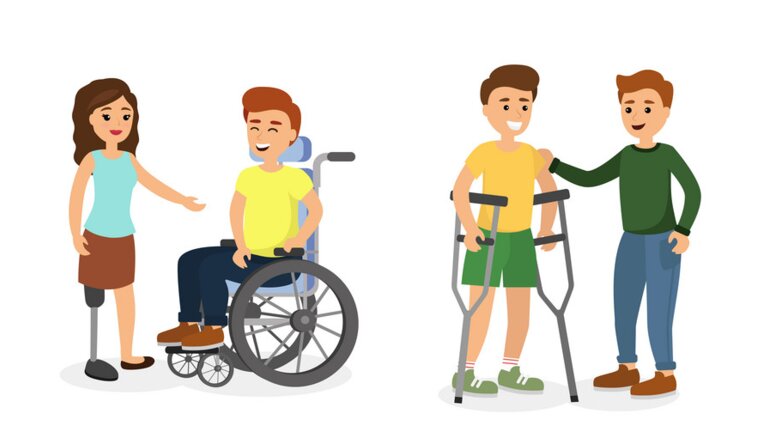
- Include people with physical impairments in all stages of program planning to ensure accessibility
- Engage with local Organizations of People with Disabilities throughout the project cycle. They will have the best knowledge of specific accessibility challenges
- Ensure accessibility of meeting/training areas. This includes consideration of roads, meeting areas, toilets, and available transportation options
- Set up meeting/training areas so individuals using wheelchair, crutches, etc. can move as independently as possible
- Allow time to rest periods in meetings/trainings (as needed).
- Find out what useful assistive devices are needed to carry out your activity: (Adapted farm equipment, accessible boar holes etc.)
- Allow additional time in trainings for participants to complete activities
- Ensure participants with physical impairments are part of all activities including, including those that may be physical
- Consider pairing or grouping ALL participants with others in program activities to support strengths and fill accessibility gaps
- Involve community members to support whenever possible. This will not only raise awareness, but also promote the social inclusion of people with physical impairments.

